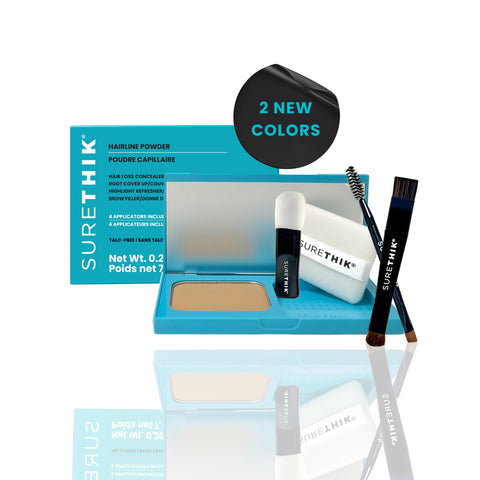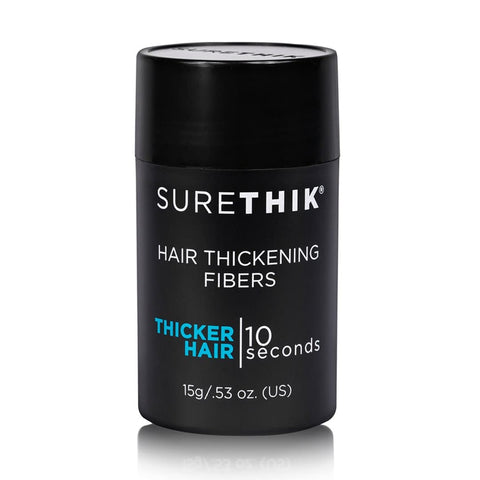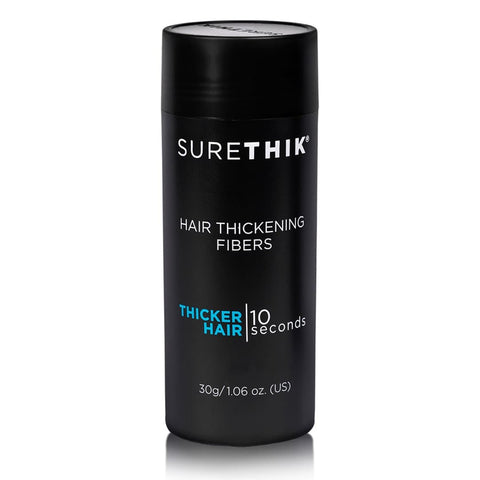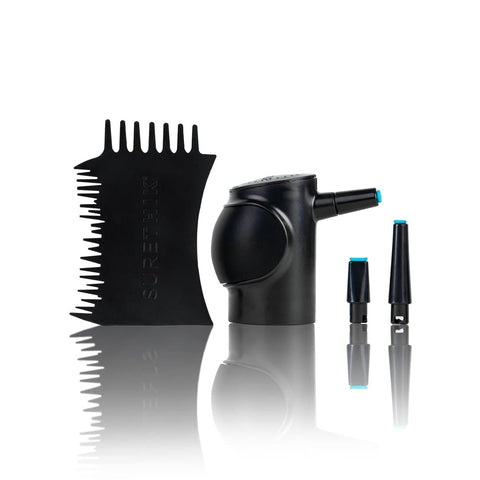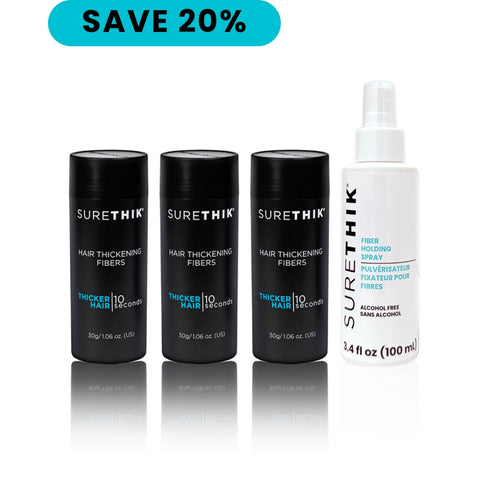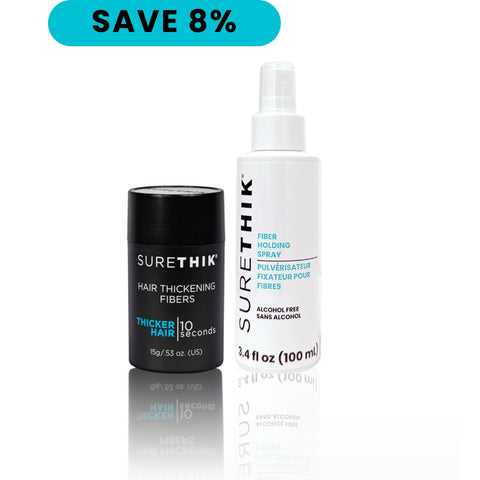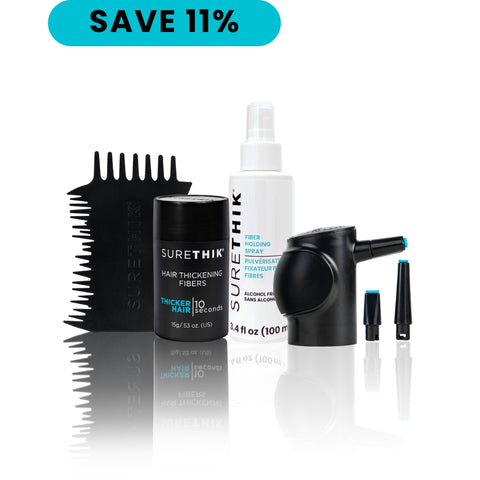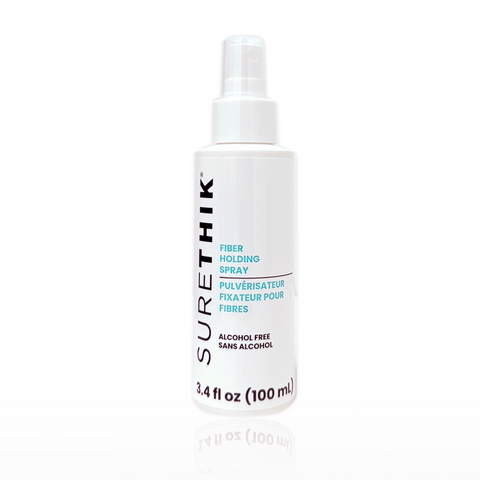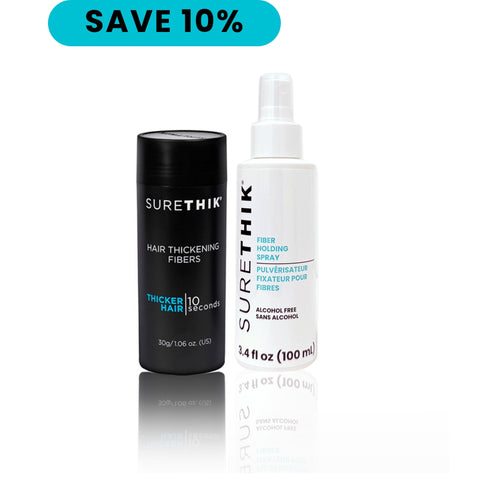
How to deal with sebum and hair loss?
Sebum, what is that?
Sebum is the medical term used to describe oils produced by the sebaceous glands under the surface of the skin. The sebaceous glands are located deep under the skin all over your body and connect with your hair follicles. They release a mixture of fats and dead cells through the pores. What you see is an oily or greasy appearance to your hair and scalp. We all produce sebum and while a normal amount is healthy, too much or buildup of sebum on your scalp is not healthy and can lead to hair loss.


How does Sebum contribute to hair loss?
Hair loss affects a large number of people and can lead to anxiety and melancholy. While numerous reasons can lead to poor hair health, high sebum production can be one of them. Hair loss caused by excess sebum can be unpleasant and inconvenient, but there are techniques to prevent excessive sebum buildup on the scalp. Sebum on the scalp moisturizes your hair and keeps it from becoming brittle and breaking off, despite its greasy appearance. It also helps to keep our skin's pH balanced, preventing our skin cells from drying up. However, producing too much sebum can result in an oily scalp, which can disrupt the hair development cycle. Another reason for shedding and hair loss is an oily scalp, which can encourage the growth of the yeast fungus that causes dandruff. While some sebum in the hair is beneficial, excessive sebum can be problematic. Sebaceous glands create sebum and surround your hair follicles. When your sebaceous glands create more sebum in your hair than is normal, the greasy substance can clog your hair follicles. This, in turn, could lead to infection and a decrease in the hair development cycle's production, leaving hair looking unhealthy and greasy

Can you remove excess sebum?
Brushing your hair stimulates the blood capillaries in your head, resulting in increased blood circulation. This helps the scalp and hair follicles stay healthy by promoting the passage of oxygen and nutrients to the scalp. Brushing also aids in keeping the scalp's pores open, allowing them to breathe and retain the correct quantity of oil.
It's also critical to eat healthily to promote healthy oil production in the body, as well as the proper amount of hair sebum. Your skin and scalp will feel and look healthier if you eat enough vitamin-rich foods, resulting in reduced sebum hair loss. You can choose vitamins that help reduce sebum production while also preventing dandruff. People also utilize natural home remedies to try to control their scalp's sebum production. Essential oils and coconut oils are among the home cures available.
If you have an oily scalp or sebum buildup despite washing your hair regularly, you may need something a little stronger to eliminate it in order to get your hair and scalp healthy. There are items on the market that can assist you with this. SureThik Root Penetrating Shampoo and SureThik Nutrient Infusion Conditioner are two fantastic choices. SureThik features solutions for both men and women that are designed with substances that help remove build-up, stimulate circulation, and strengthen weak and damaged hair. SureThik's formulations are also free of SLS and parabens, allowing for a deep clean while remaining mild enough to use every day.

What else can you do?
Follow a healthy shampoo routine:
Brushing in the morning, styling during the day, and shampooing at night are common daily hair care routines for many men and women. For some folks, this is sufficient. However, for some, this may not be the best option. This is especially true if you have an oily scalp to contend with.
All of this does not imply that you need spend hours on your hair every day. On the contrary, sometimes less is more:
Shampooing Less Frequently
When you wash your hair too regularly, the natural oils in your scalp are stripped away. To compensate, the sebaceous glands will create more sebum.
With time, this cycle of sebum depletion and overproduction tends to worsen.
The idea is to lessen the amount of time you spend washing your hair. The precise frequency will be determined by several criteria, including hair and skin type, as well as amount of exercise.
Two or three shampoos each week will suffice for the majority of people. This frequency will allow you to maintain a clean, healthy scalp while also controlling sebum levels.
Finding the frequency that is perfect for you may take some time and trial and error.

